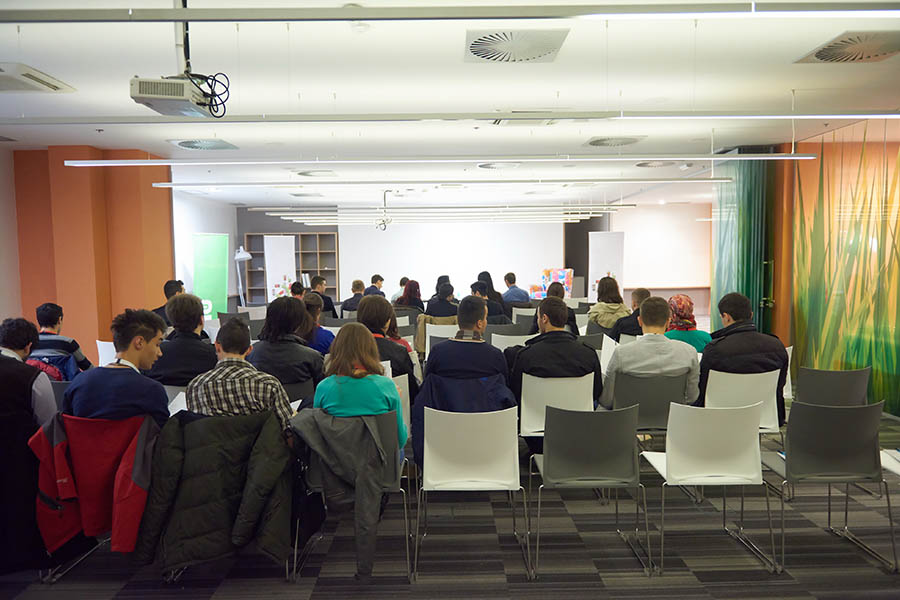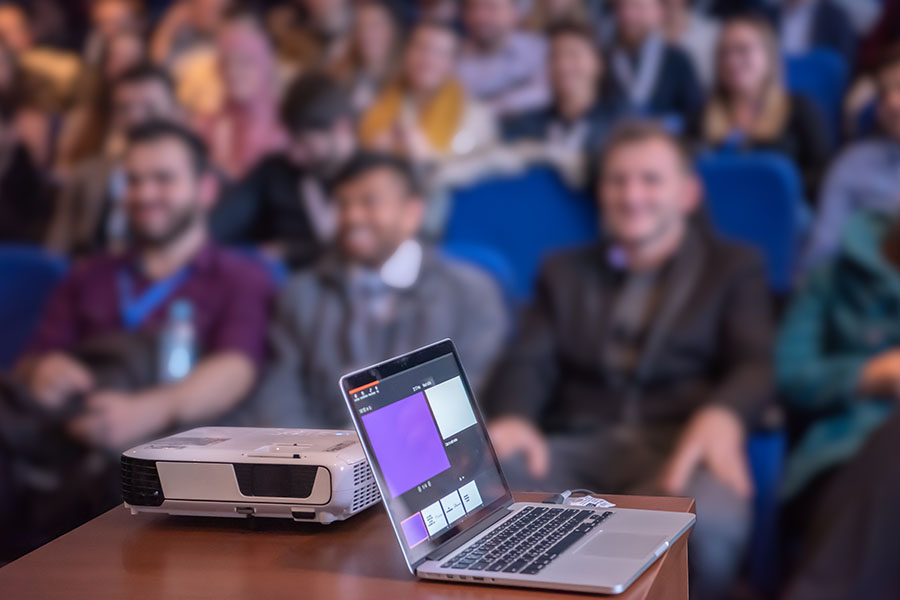Having given hundreds of software presentations throughout my career, I’ve come to understand the nuances that make a software presentation successful. Here are some key points on how to effectively show software to your audience.
Seven key elements of a successful software presentation
1. Start Slowly: Begin your software presentation slowly. Allow your audience the time to process what they see they’re and understand your actions. Remember, while you may have seen a particular screen hundreds of times, it’s likely the first time for your audience. Your familiarity allows you to filter out unnecessary details, but your audience doesn’t have that advantage.
2. Guide Their Focus: Explain what you’re doing and where you’re going on the screen. Use clear, directional terms to help your audience follow along. For instance, say, “Look to the upper right where I’m going to select this menu option,” or “Let’s look down here to the lower left where I’m going to select this particular item.” This guidance is crucial as it helps them stay oriented and understand the product’s layout.
3. Allow Time for Adjustment: When you first show the product, give your audience a moment to adjust and focus on the screen. They need to identify and understand the elements you point out. If they don’t grasp the product initially, they won’t appreciate its value, and consequently, they won’t be inclined to purchase it.
Tune in for the entire episode on the verbal impact podcast
4. Navigation Explanation: At the beginning of your demo, clearly explain how you will navigate through the product. Describe your path through the application, explaining each step as you go. This ensures your audience can follow along and understand how different software parts interconnect.
5. Build Momentum: Start slowly but gradually increase the pace of your demo. As your audience becomes more familiar with the application, you can move more quickly. This progressive approach helps them build confidence in their understanding of the software.
6. Take Them on a Journey: Make your demo more than just a mechanical run-through of features. Show how the software can transform the lives of its users and solve their business problems. Create a narrative that demonstrates the practical benefits and improvements the software offers.
7. Avoid Menu Tours: Refrain from giving a dull tour of the main menus. Instead, show the application in action within the context of solving specific problems or improving particular workflows. This approach makes the demo more engaging and relevant to your audience’s needs.
By following these steps, you can ensure your software presentations are effective, engaging, and persuasive, leading to a deeper understanding and appreciation of your product by potential customers.

Knowing Your Software Product Inside and Out
Understanding your product thoroughly is as important as presenting it well. Here’s why you need to know your product inside and out:
1. Credibility and Confidence: Deep product knowledge builds credibility and instills confidence in your audience. When you can answer questions effortlessly and provide detailed insights, it shows that you are an expert.
2. Anticipating Questions: Knowing your product thoroughly lets you anticipate potential questions and concerns your audience might have. You can prepare thoughtful, informative answers addressing their needs and pain points.
3. Highlighting Key Features: With a deep understanding of your product, you can highlight the most relevant features to your audience. Tailoring your presentation to their interests makes it more compelling and engaging.

4. Troubleshooting: Things can go wrong in a live demo. If you know your product well, you can troubleshoot issues on the spot, maintaining the flow of your presentation and demonstrating your problem-solving skills.
5. Customization: A thorough understanding of your product allows you to customize your demo to show how it can meet the unique needs of different customers. This personalization makes your software presentation more impactful.
6. Building Trust: When you know your product inside and out, you build trust with your audience. They feel confident that they are dealing with someone who can guide them through the product and provide the support they need.
7. Empowerment: Finally, thorough product knowledge empowers you to showcase the software’s full potential. You can demonstrate the basic functionality and the advanced features and capabilities that set your product apart from competitors.
In conclusion, a successful software presentation depends on two main factors: how you show the software and your deep understanding of the product. By mastering both, you can create compelling, effective demos that resonate with your audience and drive interest and sales.
SHARING IS CARING